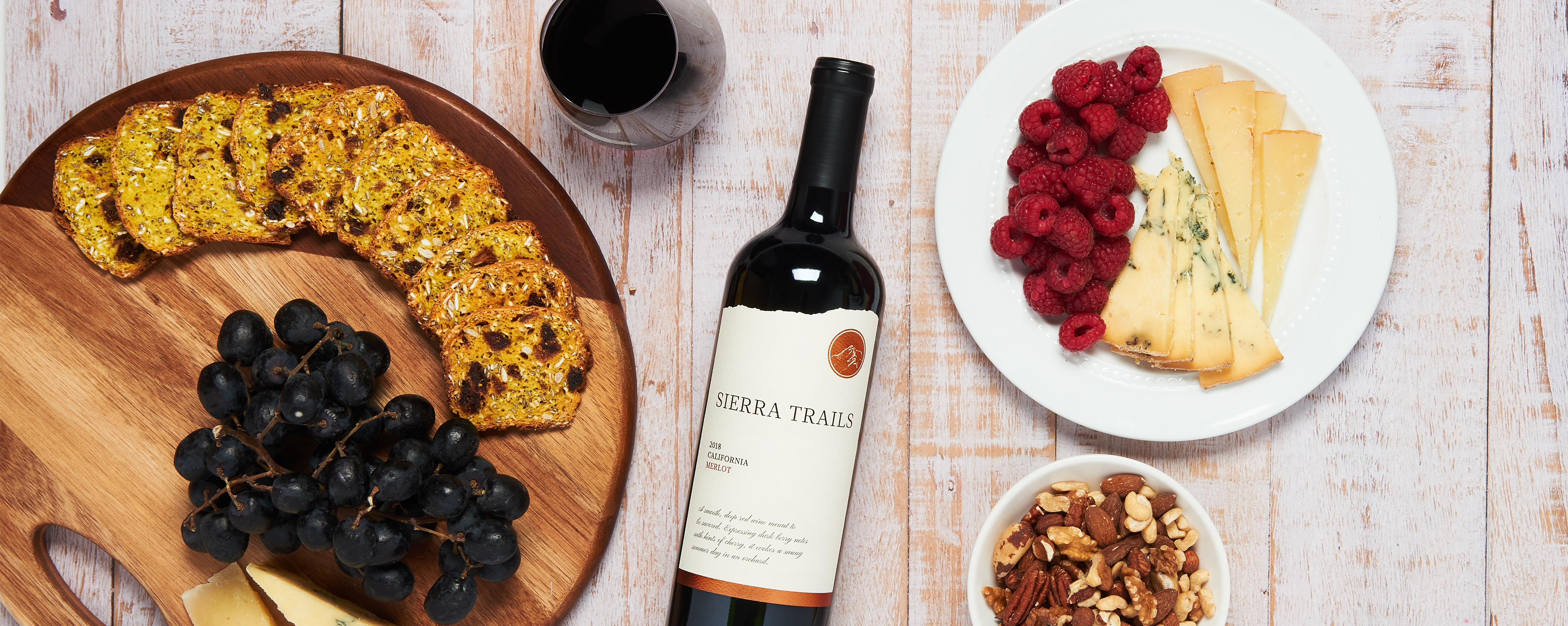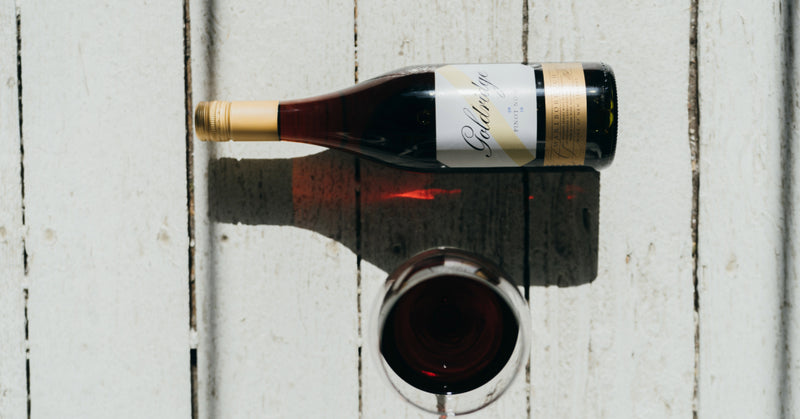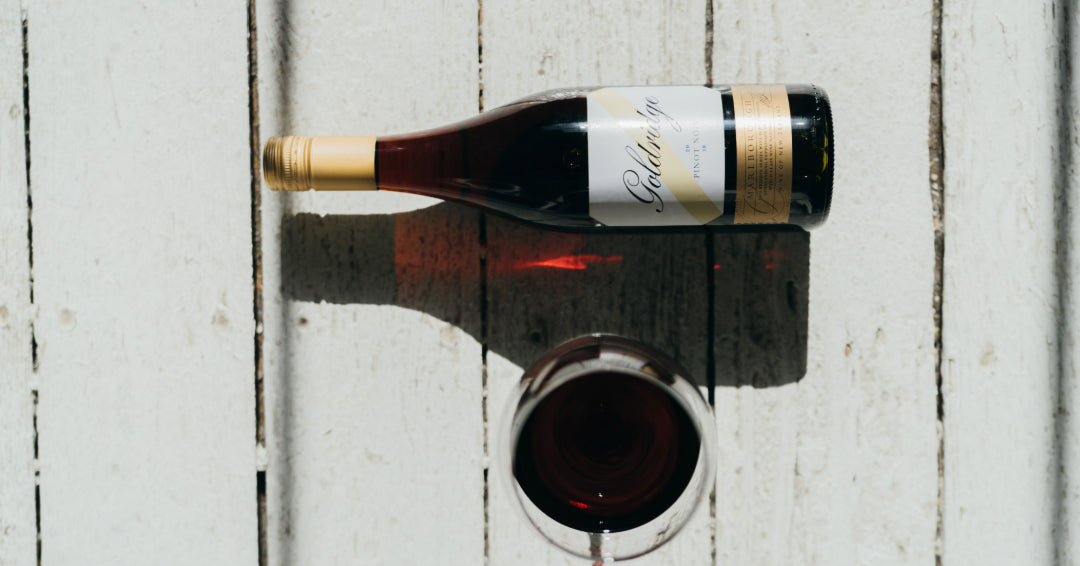
Dry Red Wine Explained: Taste, Food Pairings, How to Serve, Best Types & Regions
What is a dry red wine?
Dry red wine is the opposite of sweet red wine. Dry red wine contains very little residual sugar, which is the sugar left behind after grapes ferment into wine. During fermentation, yeast gobbles up the sugar in grape juice, turning it into alcohol. In dry wines, the yeast consumes most, if not all, of the sugar. This leaves the wine with a crisp, tart taste and a drying sensation on your mouth. While dryness refers to sweetness level, many dry reds also have tannins, which can create a bit of astringency or bitterness. These tannins come from the grape skins and seeds, and contribute to the complexity and mouthfeel of the wine.
What exactly does "dry" mean in the context of red wine?
In wine terminology, "dry" refers to a lack of perceptible sweetness. Dry red wines contain very little residual sugar, resulting in a taste that is not sweet but rather more acidic or tannic.
What are some common characteristics of dry red wines?
Dry red wines often exhibit flavors of dark fruits such as blackberry, cherry, and plum, along with notes of spices, herbs, and sometimes earthy undertones. They typically have higher levels of tannins, which contribute to a structured mouthfeel and potential for aging.
Which grape varietals are typically used to make dry red wines?
Several grape varietals are commonly used to produce dry red wines, including Cabernet Sauvignon, Merlot, Pinot Noir, Syrah (Shiraz), Zinfandel, Sangiovese, and Malbec, among others.
How is dry red wine different from sweet red wine?
Dry red wines have very little residual sugar, resulting in a more tart or astringent taste, whereas sweet red wines have noticeable sweetness on the palate due to higher levels of residual sugar.
Are there specific regions known for producing exceptional dry red wines?
Yes, regions such as Bordeaux in France, Tuscany in Italy, Napa Valley in California, and the Barossa Valley in Australia are renowned for their production of exceptional dry red wines.
What are some popular food pairings for dry red wines?
Dry red wines pair well with a variety of foods, including grilled meats, pasta dishes with tomato-based sauces, aged cheeses, and hearty stews.
How should I serve and store dry red wine?
Dry red wines are typically served slightly below room temperature, around 60-65°F (15-18°C), and should be stored in a cool, dark place away from sunlight and temperature fluctuations to preserve their quality.
What are some recommended serving temperatures for dry red wines?
Serving temperatures for dry red wines can vary depending on the specific varietal, but as a general guideline, lighter-bodied reds are served slightly cooler than fuller-bodied reds.
Can you recommend some affordable dry red wines for everyday enjoyment?
Affordable dry red wines for everyday enjoyment include options such as Argentine Malbecs, Spanish Tempranillos, Chilean Carménères, and Italian Chiantis.
How does aging affect the taste and quality of dry red wine?
Aging can mellow the tannins and enhance the complexity of flavors in dry red wines, leading to a smoother and more nuanced drinking experience. However, not all red wines are suitable for long-term aging, so it's important to check aging recommendations for each specific wine.
Are there any health benefits associated with moderate consumption of dry red wine?
Moderate consumption of dry red wine has been linked to potential health benefits, including a reduced risk of heart disease due to antioxidants like resveratrol found in red wine. However, it's important to consume alcohol in moderation and consult with a healthcare professional for personalized advice.
What's the best way to decant a dry red wine?
Decanting dry red wine involves pouring it into a decanter to expose it to oxygen, which can help soften tannins and enhance aromas and flavors. Allow the wine to breathe for at least 30 minutes before serving.
How do I know if a red wine is too dry for my taste preferences?
If you find a red wine too dry for your taste preferences, you may perceive it as overly tart, astringent, or lacking in perceived sweetness. Experimenting with different grape varietals and styles can help you find a red wine that suits your palate.
Are there any specific terms or labels on wine bottles that indicate a wine is dry?
Terms such as "dry," "extra dry," or "bone dry" on wine labels typically indicate that the wine contains very little residual sugar, signaling a lack of sweetness.
Can dry red wine be used in cooking, and if so, what are some popular recipes?
Dry red wine is commonly used in cooking to add depth of flavor to dishes such as beef stew, coq au vin, risotto, and pasta sauces.
What are some common misconceptions about dry red wine?
Common misconceptions about dry red wine include the belief that all red wines taste the same and that expensive wines are always of higher quality. In reality, the flavor profile of red wines can vary greatly depending on factors such as grape varietal, terroir, and winemaking techniques.
How do the tannin levels in dry red wines impact their flavor and texture?
Tannins in dry red wines contribute to astringency, bitterness, and mouth-drying sensations. While high levels of tannins can provide structure and ageability to wines, they may also be perceived as too harsh or aggressive by some drinkers.
Are there any notable differences between Old World and New World dry red wines?
Old World dry red wines, from regions like Europe, often emphasize terroir-driven characteristics and have more restrained fruit flavors, while New World dry red wines, from regions like the Americas, tend to be fruit-forward with bolder flavors and more noticeable oak influence.
What are some tips for selecting a high-quality dry red wine within a certain budget?
When selecting a high-quality dry red wine on a budget, consider exploring lesser-known grape varietals and regions, seeking out wines from smaller producers, and looking for value-driven options from reputable wine regions.
How do I develop my palate to appreciate the nuances of different dry red wines?
Developing your palate to appreciate the nuances of dry red wines involves tasting a variety of wines, paying attention to aromas, flavors, and mouthfeel, and taking note of the characteristics you enjoy most. Wine tastings, classes, and guided tastings can also help refine your palate over time.
Where to buy dry red wine online?
Craving a bold, dry red wine that complements your meal and lingers on the palate? Look no further than Wine Insiders! Explore a world of exceptional dry reds, from the robust tannins of Cabernet Sauvignon to the juicy fruit notes of Sangiovese. Their vast selection ensures you'll find the perfect bottle to pair with your dinner or savor on its own. With wallet-friendly prices and fast delivery, Wine Insiders makes enjoying delicious dry reds effortless. So, uncork a new favorite and elevate your next evening!





